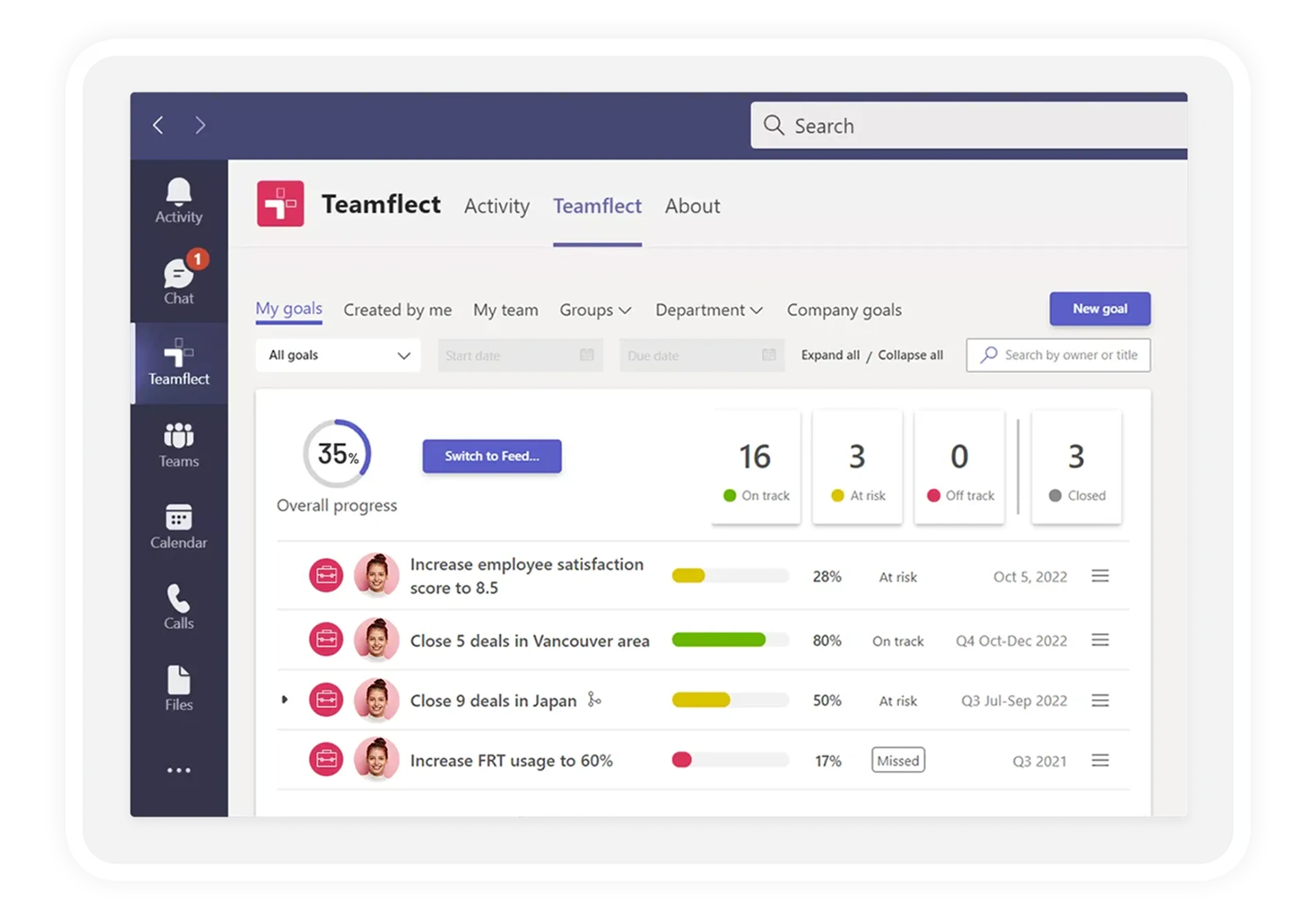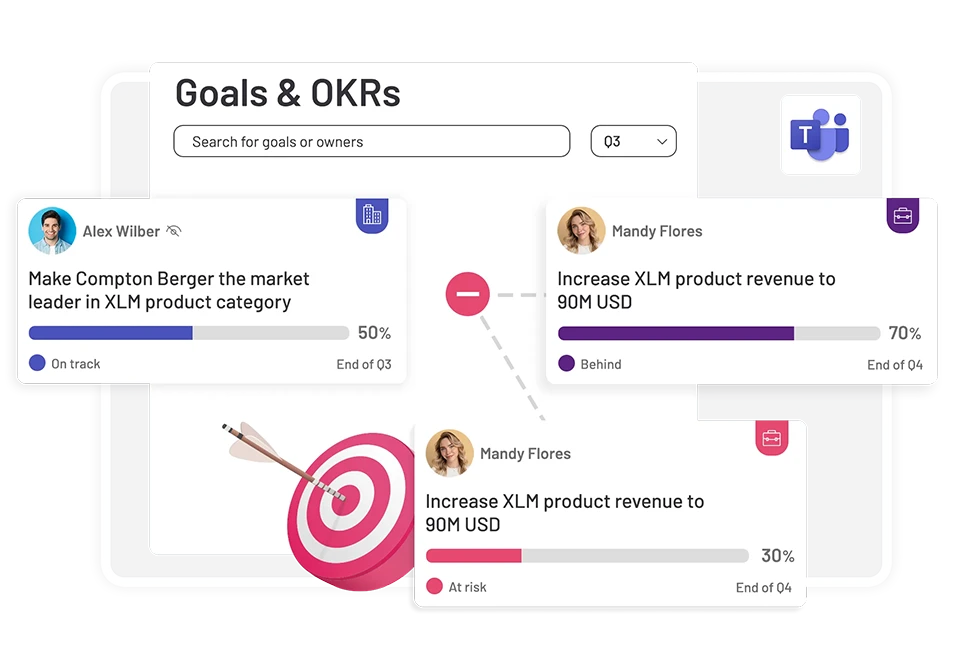We don’t want to sound like performance management hipsters but when we first started writing about OKRs it was a pretty niche, and tech-specific topic!
We are so glad that the use of OKRs in various different fields of work is now becoming more and more popular. That does, however, raise some important questions about the practice of OKR goal-setting. Today, we set out to answer some of those very important questions! Such as:
- How to implement OKRs?
- How to write good OKRs?
- What are good OKRs for product managers?
- What are the objectives of a growth team?
Some of those questions may seem a bit department specific but please trust us! We know what we’re doing here! OKR hipsters, remember?
Table of Contents
How to implement OKRs?
Start Simple
When you’re trying to implement OKRs in your organization, there are a few key things you need to watch out for. If your team hasn’t worked with OKRs, then there is no point in trying to rush them into it. Here is something very simple, and objectively silly about work-life in 2023:
Acronyms be hella scary!
Regular Joe Ordinaryson
A common mistake blog writers and people leaders both make is our heavy reliance on fancy acronyms. Even when these acronyms represent simple concepts, they can be intimidating and excluding when people take them at face value.
When you’re introducing OKR strategies into your organization for the first time, you should start simple and start small. Introduce achievable, and short-term objectives and key results as part of a grace period in settling in.
Set short-term OKRs
Setting annual OKRs might not be the best strategy when you’re trying to implement OKRs in your workplace. Instead, a great way to implement OKRs is to set quarterly OKRs! When you’re setting your OKRs for the first time, it is much better to select a smaller period of time. This allows you to have multiple control groups and makes the transition a lot easier and simpler on all your employees.
Any questions about just how many OKRs you should be setting? Check out this article: How Many OKRs Should I Set for My Team and Why?
Make use of an OKR Software
Whether you are using goal-setting templates, SMART goals, or one of the many other ways of setting goals in your organization, digitizing the way you set goals and OKRs is always a great idea. Making use of OKR software comes with multiple different benefits. Here are some of them:
- Centralized tracking
- Better data analysis
- Automated goal check-ins
- Increased accountability
Trust us when we say, using OKR software beats and Excel OKR template any day of the week! If you’re looking for an OKR tracking tool, then you might want to check out our list of the 10 Best OKR Software of 2023!
If you are in an organization that uses Microsoft Teams, however, there is only one option that truly stands head and shoulders above the rest:
Teamflect

Teamflect is an all-in-one performance management system designed specifically to fit inside Microsoft Teams with seamless integration.
Teamflect has one of the strongest OKR modules inside the Microsoft Teams ecosystem, making OKR goal-setting a complete breeze! Teamflect doesn’t just let you set goals and OKRs. It also lets you label and prioritize them, while aligning them with your tasks at the same time!
The OKRs you create with Teamflect aren’t just isolated to their own module. They are integrated with other modules such as performance reviews, tasks, feedback, and meetings!
We here at Teamflect, know that goal-setting and performance management are both ongoing processes. They are not individual self-contained events.
When you’re using Teamflect, you can access goals and OKRs inside ongoing meetings, feedback templates, and most importantly, performance reviews!
Other key features include but aren’t limited to:
- Employee engagement surveys
- Customizable recognitions
- Extensive performance review template gallery
- And more!



